Nuclear power plant safety and security systems
- Radioactive substances are isolated from the outside environment in nuclear power plants with a number of obstacles.
- For the BWRX-300 reactor, the probability of overheating of the fuel and the resulting meltdown of the fuel and subsequent release of large amounts of radiation outside the plant is 0.00000001%.
- IAEA (International Atomic Energy Agency) monitors that the use of nuclear energy complies with international safety standards and requirements.
Nuclear power plant protection systems
When designing and assessing the safety of a nuclear reactor, the safety of people and the environment is paramount. No event should pose a risk to human life or cause environmental pollution. To this end, a number of very stringent requirements are imposed on the design of a nuclear power plant. All the reactor functions must be ensured by multi-level and diversified protection systems.
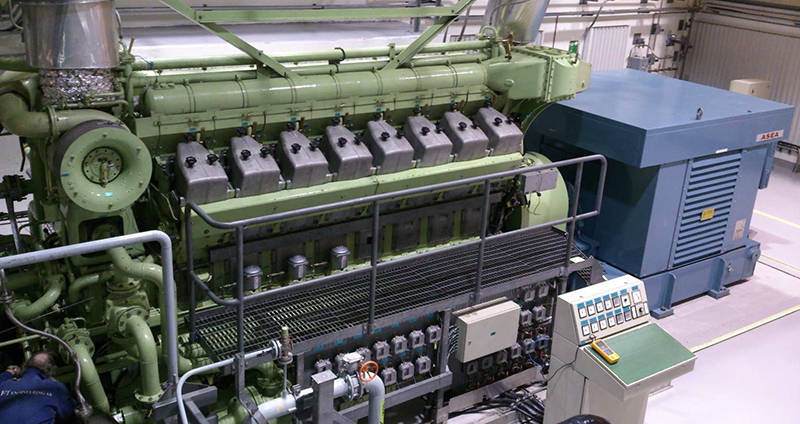
Multistage
Multistage means that in the event of a failure of one or two protection systems, there is always a next system that can prevent serious consequences.
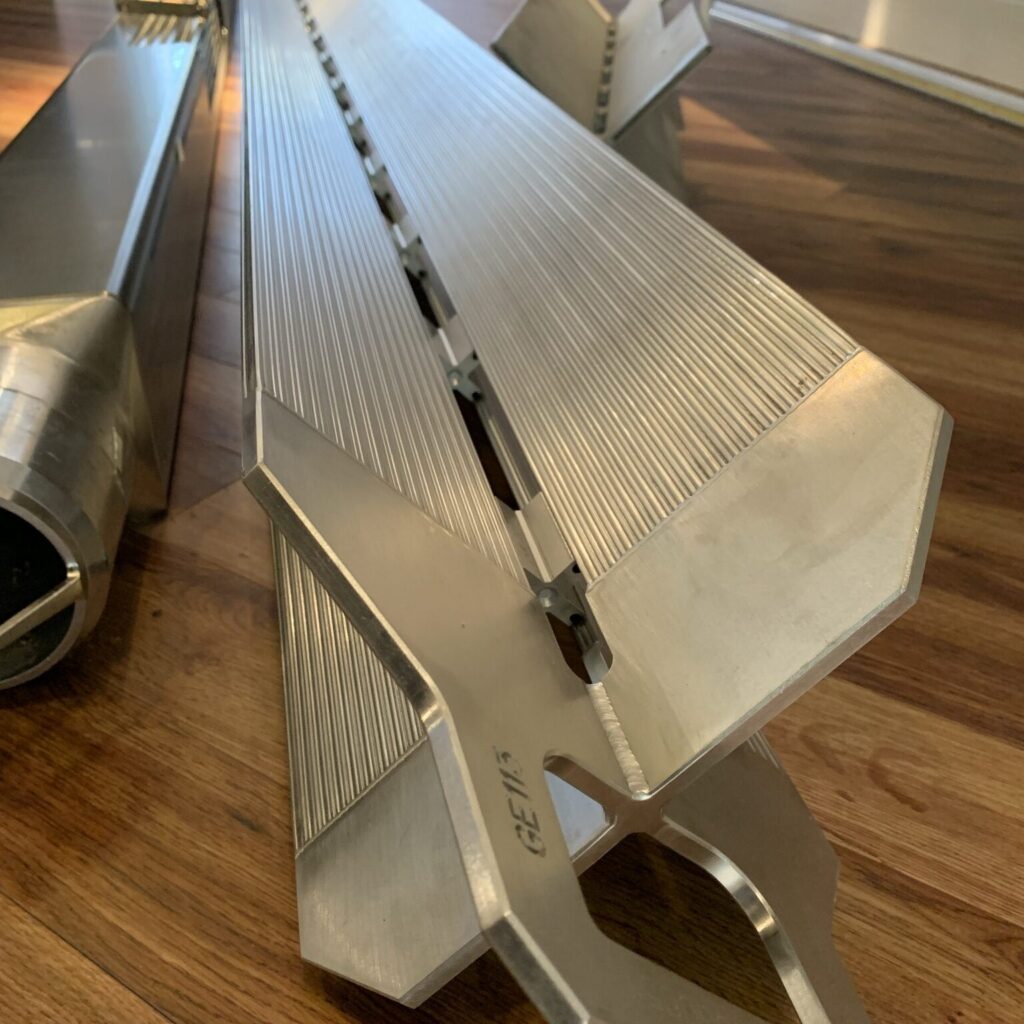
Diversity
Diversity means that these systems have to operate on different physical principles and be independent of each other, which significantly reduces the possibility of multiple systems failing at the same time.
For example, the main control system for a nuclear reaction in a reactor is the control rods. They are driven by electric motors. In the event of a failure of one or more motors, the rods can be brought into the reactor by a hydraulic system, independent of the motors, which does not need electricity to operate.
If this system is not in place, there is always the possibility of "injecting" dissolved boron into the reactor, which, like control rods, is capable of stopping the nuclear reaction.
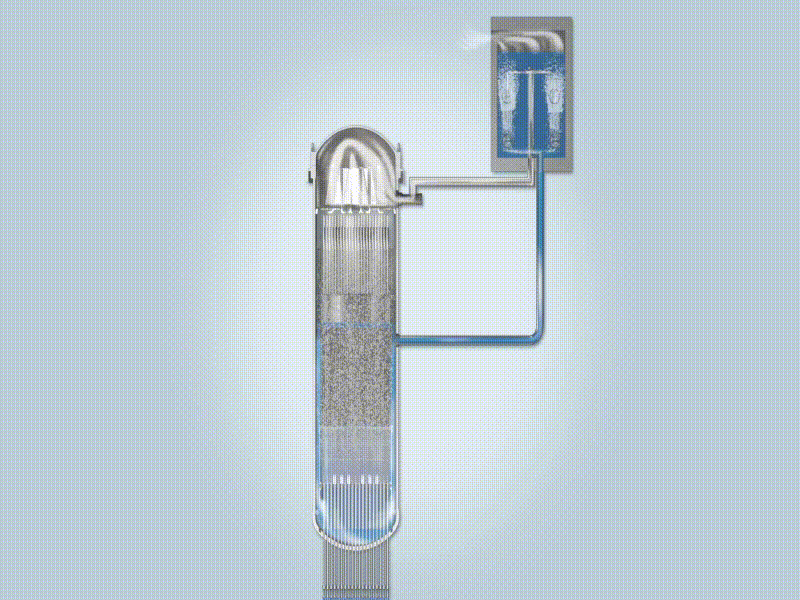
Passive safety
In addition, the risk of human factors has been significantly reduced. Modern reactors are required to have passive protection systems capable of shutting down the reactor and cooling it down for several days. Such systems operate without human intervention and do not require electricity.
The BWRX-300 reactor does not have any electrically driven circulating pumps, but instead uses a natural convection cooling system to cool the residual heat of the fuel. This system is very safe and will operate without human intervention and external power for at least 7 days in the event of an emergency.
Radioactive substances are isolated from the outside environment in nuclear power plants by a number of barriers.
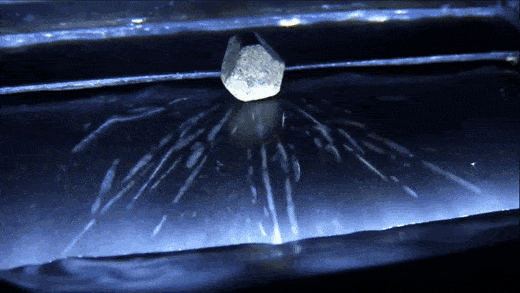
The source of radiation for a nuclear power plant is nuclear fuel. Inside the fuel is the fission reaction of uranium nuclei, which generates both heat and energy. radioactive substances.
Radiation is usually carried by physical particles and gases.
Radioactive substances are isolated from the outside environment in nuclear power plants with a number of obstacles.
Fuel pellet crystal lattice
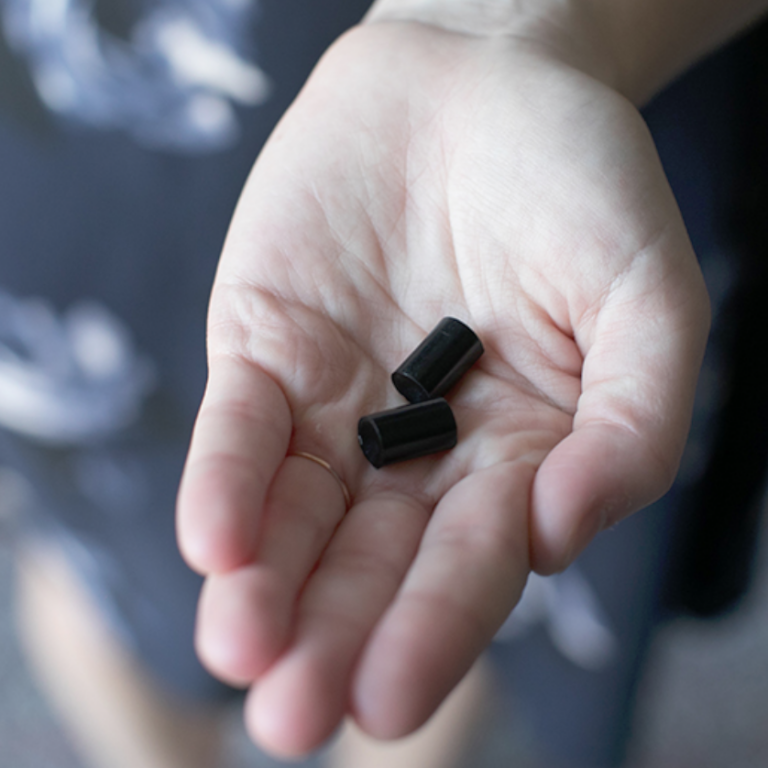
The nuclear fuel is uranium dioxide ceramic pellets. Each pellet, with its ceramic structure, is in itself a barrier that prevents radioactive substances from leaching, dissolving and spreading.
Zirconium alloy rods
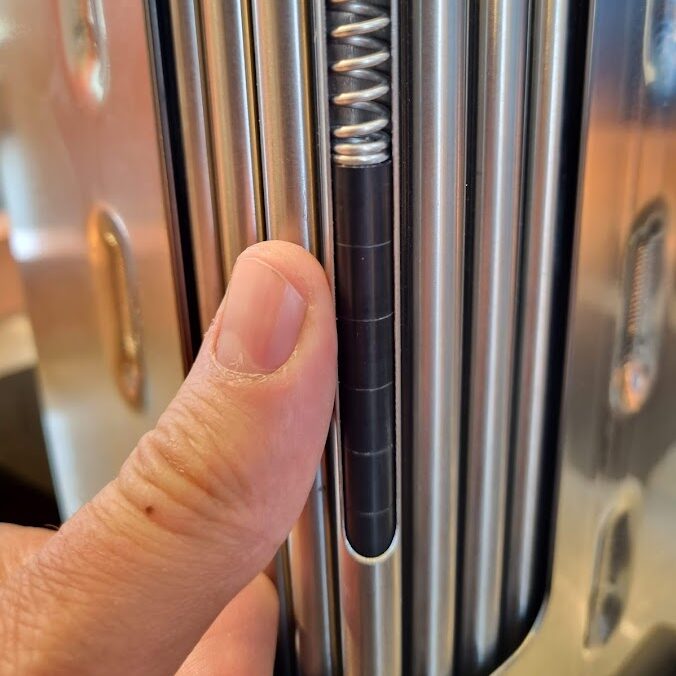
Fuel pellets are contained inside zirconium rods. The space between the pellets and the rod walls is filled with gas. If a fuel pellet breaks, the hermetically sealed rod prevents radiation from escaping.
Water
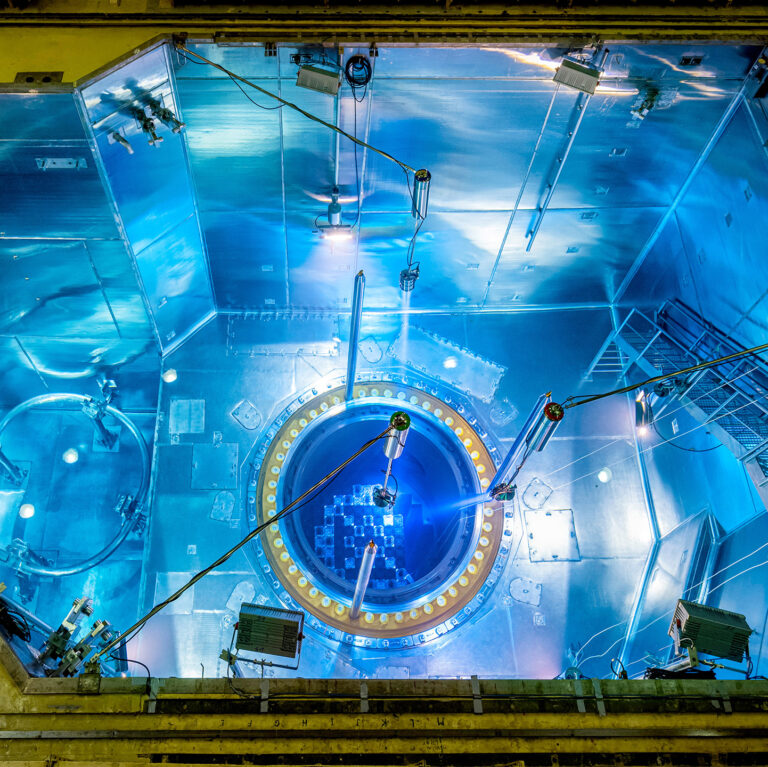
The water layer is one of the most effective radiation barriers. The nuclear fuel inside the reactor is surrounded by water. The height of the water layer above the fuel is 8 metres. This water layer makes it safe to stay near the open reactor and to look inside during shutdown.
Thick reactor walls
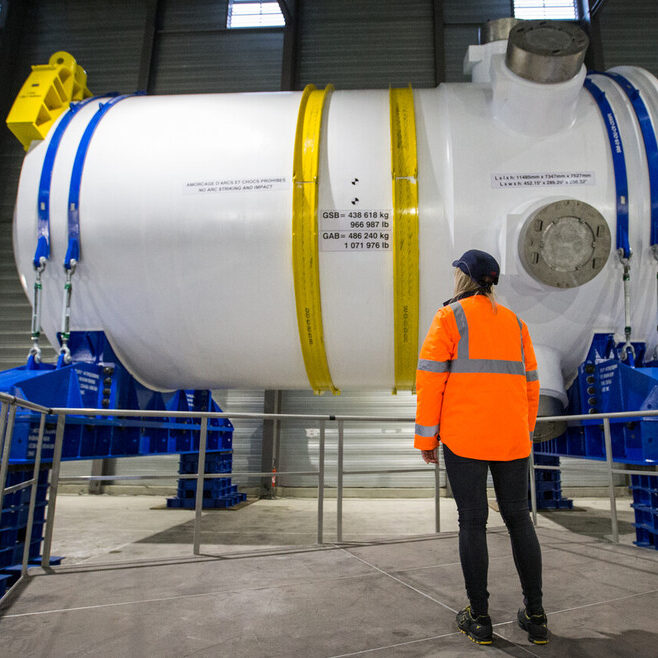
The walls of the reactor are made of high quality steel and are checked for defects by X-ray scanners and are 20 cm thick. During the lifetime of the plant (60 to 80 years), the reactor walls will safely contain the physical particles that carry the radiation.
Reinforced concrete dome
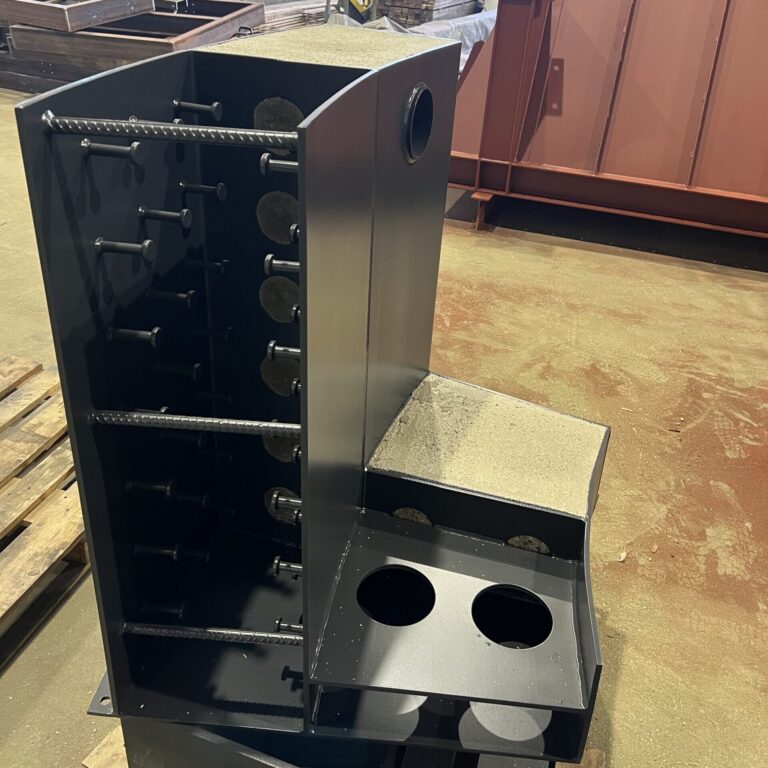
Every modern reactor is surrounded by a thick reinforced concrete dome. The inside of the dome is lined with steel. Steel modules can also be used in the construction of the new generation of reactor buildings.
Reinforced concrete dome
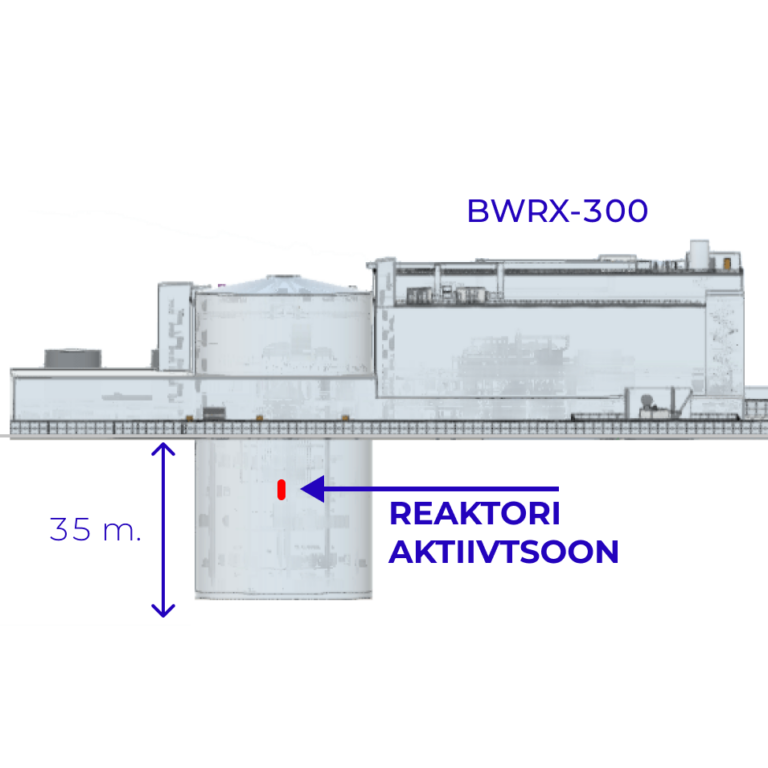
The core of the BWRX-300 reactor is located 15 metres underground. It acts as an additional protection against external hazards and as additional insulation. It also makes it easier to cool the reactor.
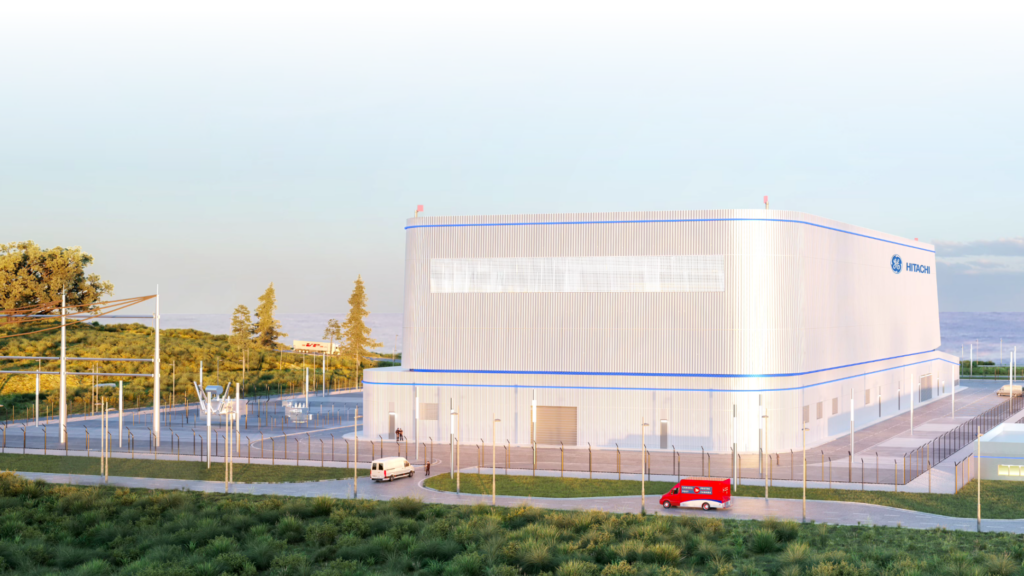
All of these barriers are designed to prevent the spread of radiation, both during normal plant operation and in the event of an emergency. Several of these barriers also protect against external hazards.
In the case of the BWRX-300 reactor, the overheating of the fuel and the resulting melting and the subsequent high levels of radiation. the probability of release outside the plant is 0.00000001%. The probability 0,000000001% can be compared to the possibility of finding one particular sandy beach at random. sandblasting.
Who formulates all these requirements?
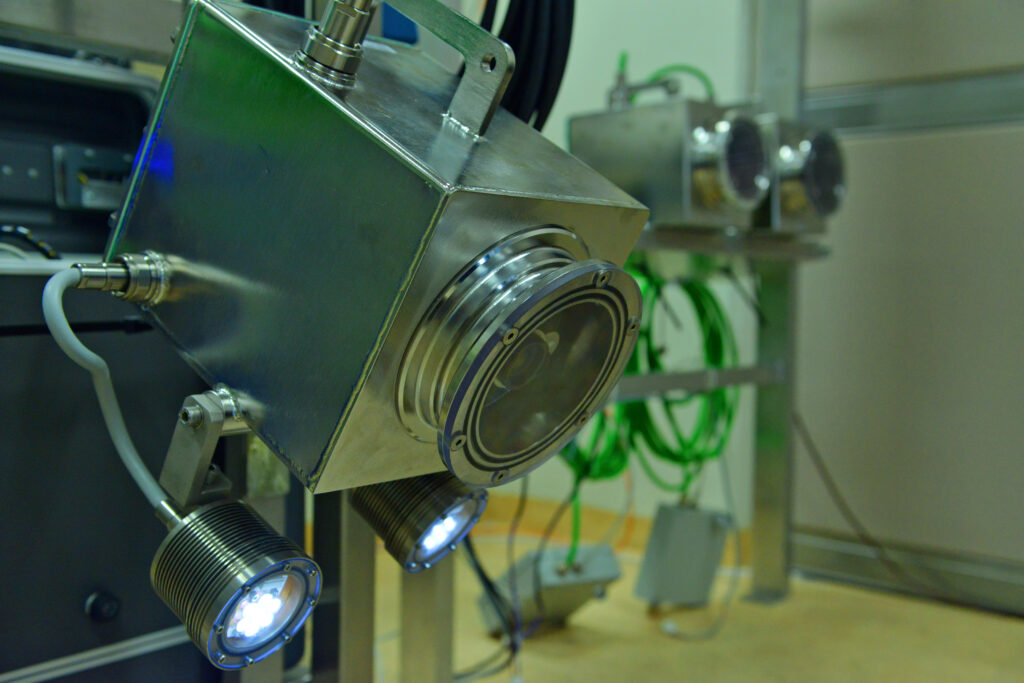
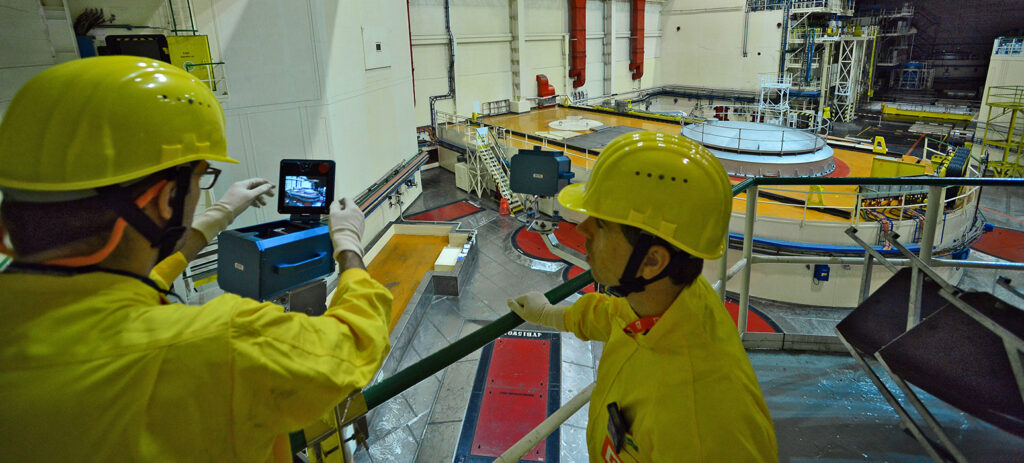
The IAEA (International Atomic Energy Agency) is a United Nations agency dedicated to the development of peaceful and safe uses of nuclear technology. It brings together experts from all over the world and works with most countries in the world. Estonia has been a member of this organisation since 1992. IAEA staff are involved in the development of recommendations and rules for the safe use of nuclear technologies, the dissemination of these rules and the training of staff and officials involved in this field. The IAEA also monitors the use of nuclear energy to ensure that it meets international safety standards and requirements.
